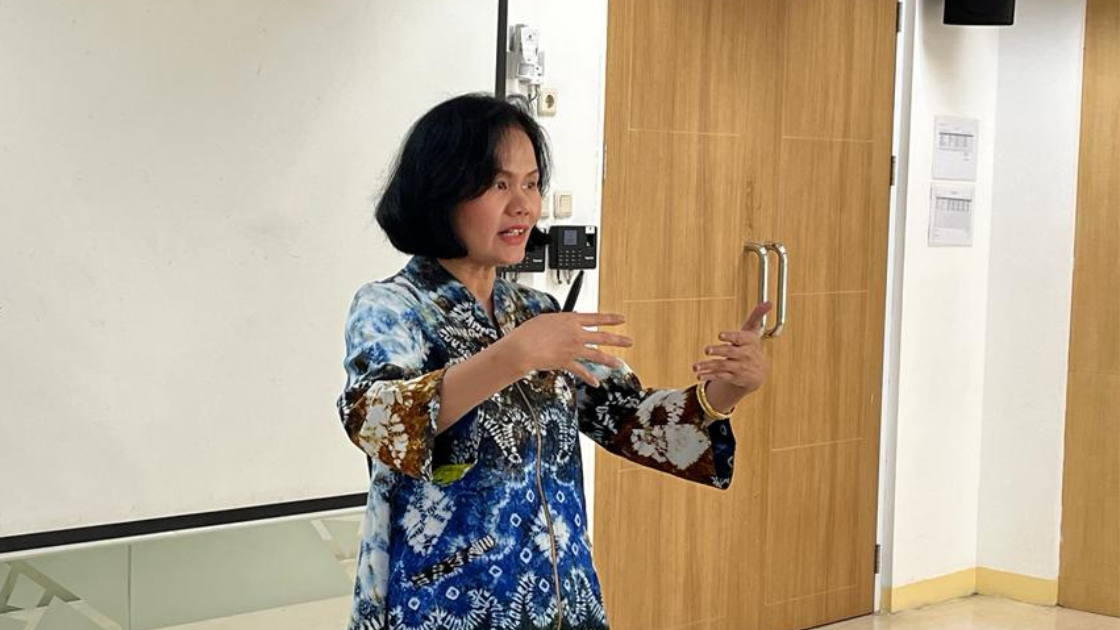All businesses carry risks, but the banking industry has an elevated level of risk. Consequently, regulations are highly stringent, and effective risk management is a fundamental aspect of this sector.
One significant risk within this business sector is the potential for bad credit. Providing credit involves at least two primary business processes: marketing and risk management. Marketers seek potential debtors, while risk managers assess and verify customers’ loan eligibility. In this latter phase, risks are carefully evaluated, particularly the likelihood of credit defaults.
Erna Sari, Vice President of SME and Risk Group for Regional VI at Bank Mandiri, highlighted these points during a guest lecture on “Risk Components in Bank Loans” in the “Bank Management and Other Financial Services” course at the SBM ITB on 6/10.
Erna emphasized that the primary objective of credit risk management is to prevent loans with poor collectability. To address bad loans, all banks must establish reserves for credit losses, known as Reserves for Impairment Losses (CKPN). When a loan’s quality deteriorates to default, it must be factored into potential losses, leading to increased CKPN value.
The first step in credit risk management is collecting all necessary customer information through a Know Your Customer (KYC) process. “What is the field of business? “Does he have a fixed income or not,” said Erna, giving examples of questions to ask customers during the KYC process.
The KYC process also includes people related to the customer and their business. “I know his house; I know his family; if there is a problem, I can communicate with him,” Erna continued, explaining why KYC reached the people closest to the debtor.
In the contemporary digital era, as stated by Erna, customers’ financial behavior can be discerned through the OJK Financial Information Service System (SLIK OJK) and account assessments. Determining loan eligibility also entails an evaluation of the business’s financial performance. Short-term loans are secured against current assets, such as receivables, cash, and inventory. A business can be deemed creditworthy if the value of its current assets is at least 1.5 times its short-term loans.
The ability to pay debts is also evaluated by analyzing cash flow and liquidity reports. Positive operational cash flow indicates good payment ability.
Even after undergoing a meticulous analysis and verification process, credit defaults may still occur. Before default, banks typically attempt to restructure the credit arrangement by adjusting the loan amount, interest rate, or term. In cases where restructuring proves unsuccessful, banks employ a ‘second way out.’
‘Second way out’ refers to alternative payment sources other than the debtor’s main business income, including the sale of collateral, third-party guarantees, and insurance. As Erna explained, banks allocate a portion of the risk to borrowers to mitigate risk. This is reflected in a “risk rate” added to the loan interest rate component. A higher level of risk results in an increased interest rate.
At the end of the session, Erna explained to the participants that even though there are risks in providing loans, banks remains responsible for distributing funds.
“Banks, especially state-owned banks, have a moral responsibility for the welfare of society,” he stressed.
This means state-owned banks must support economic growth through financing activities and contribute to national income.





